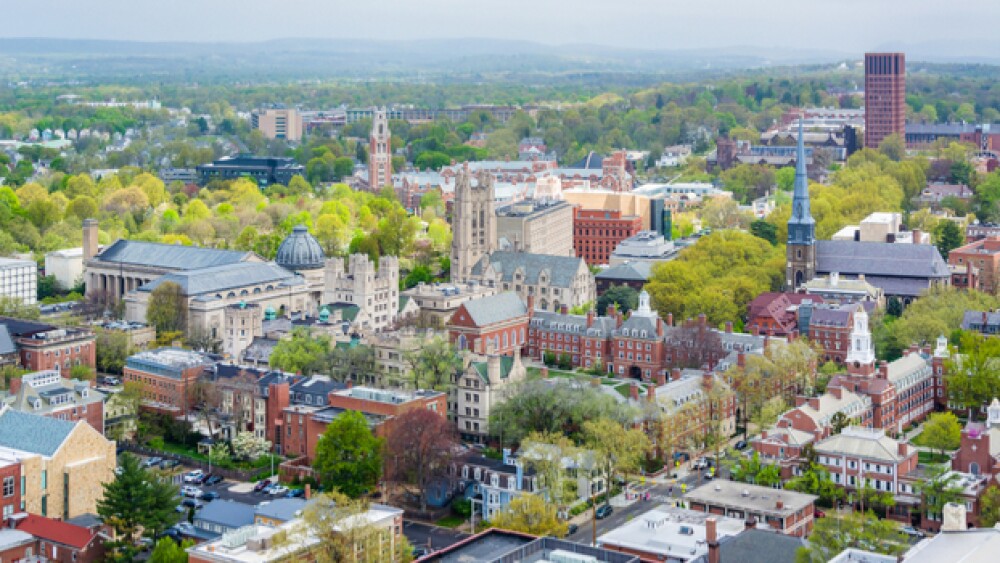The state of Connecticut is embracing a new strategic vision for its biotech sector that could foment an addition of more than 6,000 new jobs over the next 10 years as the state looks to compete with neighboring New York and Massachusetts, both of which have a vibrant biotech and life science industry.
The state of Connecticut is embracing a new strategic vision for its biotech sector that could foment an addition of more than 6,000 new jobs over the next 10 years as the state looks to compete with neighboring New York and Massachusetts, both of which have a vibrant biotech and life science industry.
The plan, prepared by Connecticut Innovations in December, was formally announced at the end of January. Lawmakers from The Constitution State said the strategic plan is a crucial part of the state’s future economy. As of December, Connecticut’s bioscience sector included 39,000 employees across 2,500 companies.
In support of the plan, stakeholders in Connecticut, led by BioCT, the state’s biotech trade group, said more needs to be done to recruit companies to come to Connecticut, as well as “support the startups, develop the infrastructure, change tax regimes and create more jobs.”
Dawn Hocevar, president and chief executive officer of BioCT, said six key areas of growth have been selected by stakeholders. Those areas being groomed for growth are investment, infrastructure, recruitment, building resources, talent pipeline (from c-suite to bench), and marketing and branding.
“While we start from a position of some strength, there is much work to be done to develop the bioscience sector and compete effectively with our neighboring states,” Hocevar said in a statement.
Over the first half of 2019, state lawmakers and key stakeholders in the industry will work together to drive the development of Connecticut as a viable state for the life science industry. In its announcement, the state working group said it will collaborate in order to build a “vibrant ecosystem between sciences and the growing areas of digital health, medical devices, technology, as well as artificial intelligence and machine learning.
It’s a significant move as it could attract business from neighboring New York that may be looking for a less expensive option for real estate. BioCT pointed to its neighbors New York and Massachusetts as examples to emulate for how to grow a biotech sector. Over the past decade, the two neighboring states have had much greater success growing their biotech industries. New York City and the greater Boston area have become key biotech hubs in New England. During that same 10-year period, the state of Connecticut lost two big anchor companies, Bayer and Bristol-Myers Squibb. Despite those losses, BioCT said large pharma companies continue to have a significant footprint contributing to the local economy. As an example, the trade organization said Boehringer Ingelheim and Pfizer are committed to staying in the state and are supportive to the industry and workforce
For Connecticut to capitalize on this high growth/high paying sector, BioCT said it encouraged the state to “think differently and enact more pro-business policies, tax regimes and investments.” According to BioCT, the state ranks sixth in the nation for the number of scientists and engineers per capita. In addition to those degrees sought in the sciences, BioCT said Connecticut has a highly educated workforce, ranking third in adult population with advanced degrees.
“The state is poised to grow bioscience and there is much to be done. Collaboration is key to ensure all stakeholders are working synergistically and making strategic investment decisions,” Hocevar said.





